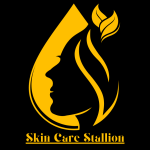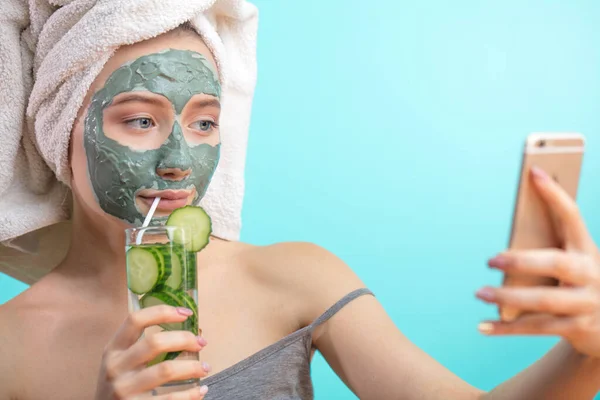Why Is My Skincare Pilling: Common Causes and How to Fix It
Have you ever carefully applied your favorite skincare products only to find them balling up and flaking off your skin? This frustrating phenomenon, known as pilling, can leave you questioning your routine and wondering why your skincare regimen isn’t working as it should.
Whether it’s a reaction to layering too many products, incompatibility of ingredients, or improper application techniques, skincare pilling is a common yet perplexing issue. In this article, we’ll dive into the reasons behind this pesky problem and offer expert tips on how to achieve smooth, flawless skin without the hassle.
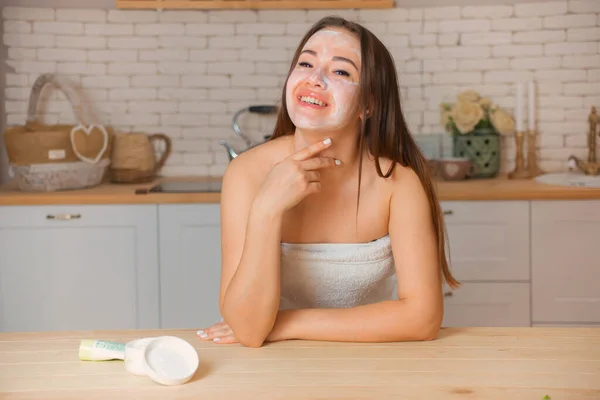
Table of Contents
ToggleWhy Is My Skincare Pilling
Skincare pilling happens when products ball up or roll off your skin instead of absorbing properly. This is often caused by using too many layers, incompatible ingredients, or applying products too quickly without allowing each layer to absorb.
It can also be due to the texture or formula of the products you’re using. Pilling can be frustrating but is usually fixable by adjusting your skincare routine.
Understanding Skincare Pilling
Skincare pilling, often described as small, flaky balls forming on the skin, can be a common issue when products don’t absorb well. This happens frequently when layering products, such as serums, moisturizers, and sunscreens. One of the main causes is using too many layers of skincare without giving each one enough time to absorb.
This prevents the skin from properly taking in the beneficial ingredients, leading to pilling. Another factor is the incompatibility of ingredients. Some skincare ingredients don’t mix well together, causing them to form a residue on the skin’s surface.
For instance, silicone-based products often pill when combined with water-based products. Furthermore, the texture of your skincare products can play a significant role. Thicker creams may not layer well with lighter serums, resulting in pilling. Applying products too quickly can also be a culprit.
Tips to Prevent Skincare Pilling
To prevent skincare pilling, it’s important to streamline your routine. Start with a few key products that work well together. Give each product enough time to absorb before applying the next one. Look for skincare items that have a similar base, such as all water-based or all oil-based products, to ensure compatibility.
Exfoliating regularly can also help by removing dead skin cells that may contribute to pilling. If you’re experiencing persistent pilling, try switching to products with simpler formulas that are less likely to interact negatively with each other.
Product Compatibility and Application Techniques
Product compatibility is crucial in preventing skincare pilling. Always check the ingredient lists of your skincare products to ensure they complement each other. Applying products in the right order, typically from thinnest to thickest, can also help. For instance, serums should go on before moisturizers.
Pay attention to the application technique as well. Gentle, patting motions can be more effective than rubbing, which may disturb the layers and cause pilling. Additionally, using the right amount of product is key. Overloading the skin with too much product can prevent proper absorption and lead to pilling.
What is Skincare Pilling?
Detailed Definition
Skincare pilling occurs when skincare products form tiny, rolled-up balls on the skin’s surface. These small particles resemble the lint or fuzz that accumulates on clothing, often leading to frustration for those seeking smooth application.
Similar to fabric pilling, skincare pilling is caused by the friction between product layers, improper absorption, or incompatibility of skincare ingredients.
Visual Identification
Pilling typically appears as small, flaky particles or balls on the skin, especially after applying multiple skincare products. Common areas where pilling occurs include the forehead, cheeks, and chin.
These regions are prone to friction and may exhibit more pronounced pilling. Photographic examples often show a close-up view of these areas, highlighting the tiny, rolled-up balls that can disrupt a smooth complexion.
Misconceptions About Pilling
There are several misconceptions about skincare pilling. It is often confused with peeling, where dead skin cells shed naturally or due to exfoliation. Unlike pilling, peeling involves flaking skin rather than product residue.
Additionally, pilling is sometimes mistaken for other skincare reactions, such as breakouts or dryness, but it specifically involves the rolling of product on the skin’s surface.
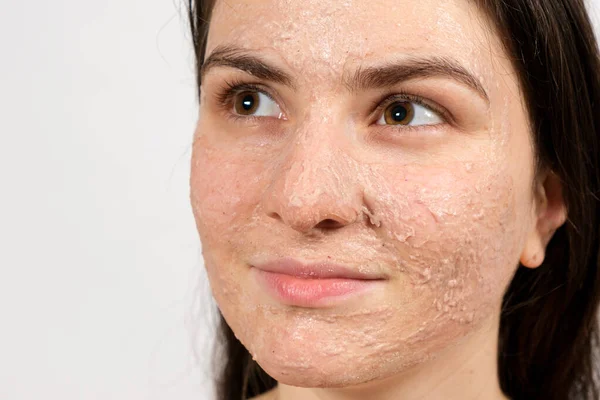
Common Causes of Skincare Pilling
Skincare pilling can be frustrating and affects many people. Understanding the common causes can help prevent it and improve your skincare routine.
Product Formulation Issues
High Silicone Content
Products with high silicone content can create a barrier on the skin, leading to pilling. Silicones like dimethicone are common culprits. They may give products a smooth texture, but they don’t always play well with other ingredients.
Heavy or Occlusive Products
Incompatible Ingredients
Mixing incompatible ingredients can cause pilling. Ingredients like oils and water-based products might not blend well, leading to separation and pilling. Terms like “ingredient conflict” and “product incompatibility” are commonly mentioned.
Application Techniques
Over-Layering Products
Applying too many products at once can cause pilling. Skincare enthusiasts often refer to this as “over-layering” or “product layering.”
Not Allowing Products to Fully Absorb
Rushing through your routine without letting products absorb can lead to pilling. It’s essential to wait between each step. Phrases like “quick absorption” and “waiting time” are frequently used.
Rubbing Products into the Skin
Vigorously rubbing products into the skin can cause them to ball up. Gentle patting or pressing is usually recommended. Keywords like “gentle application” and “pressing into skin” are often advised.
Skin Condition Factors
Dry or Dehydrated Skin
Dry or dehydrated skin can cause pilling. It’s essential to hydrate your skin properly. Terms like “hydration” and “moisture loss” are often highlighted.
Textured or Flaky Skin
Skin with texture or flakiness can lead to pilling. Regular exfoliation can help. Words like “exfoliation” and “skin texture” are commonly associated.
Environmental Factors
Humidity and Temperature Variations
Changes in humidity and temperature can affect product performance and lead to pilling. Skincare routines might need adjustment based on the season. Common phrases include “climate change” and “seasonal skincare.”
Changes in Skincare Routine
Altering your skincare routine can cause pilling as your skin adjusts to new products. It’s often recommended to introduce new products slowly. Terms like “routine changes” and “new skincare products” are frequently mentioned.
How to Prevent Skincare Pilling
Preventing skincare pilling ensures your skin stays smooth and makeup applies flawlessly. Here’s how you can avoid this common skincare issue.
Choosing the Right Products
Opt for lighter formulations to reduce the risk of pilling. Products like gel-based moisturizers and serums are ideal. Select products with compatible ingredients to ensure they work well together. Avoid combining silicone-based products with water-based ones, as this can lead to pilling.
Proper Application Techniques
Layer your products correctly. Apply skincare from thinnest to thickest. This helps each layer absorb properly. Allow time for absorption between layers to prevent product build-up. Patting products into the skin is better than rubbing, as it minimizes friction and potential pilling.
Skin Preparation
Exfoliation is key to smooth skin and helps prevent pilling. Use gentle exfoliants to remove dead skin cells. Keep your skin hydrated with a good moisturizer. For makeup, using a primer can create a smooth base and reduce the likelihood of pilling.
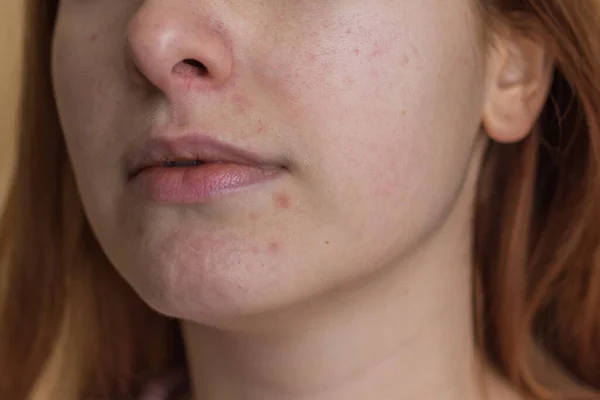
FAQs
What does it mean when skincare products pill on my skin?
When skincare products pill, it means that they are forming small, visible clumps or flakes on the skin. This often happens when the products do not absorb properly and instead, sit on the surface, eventually rolling into tiny balls.
Why does my skincare pill after applying multiple products?
Pilling often occurs when multiple products with different formulations are layered too quickly. Each product needs time to absorb properly into the skin before applying the next. Incompatible textures and ingredients can also cause pilling.
Can the order of my skincare routine cause pilling?
Yes, the order in which you apply your skincare products can affect pilling. Applying heavier products before lighter ones can prevent proper absorption, leading to pilling. It’s best to follow the “thinnest to thickest” rule for better absorption and minimal pilling.
Do certain ingredients cause skincare products to pill?
Yes, certain ingredients can contribute to pilling. Silicones, thickening agents, and high levels of certain emollients can sit on the skin’s surface and interact poorly with other ingredients, leading to pilling.
How can I prevent my skincare from pilling?
To prevent pilling, ensure you allow each layer of product to fully absorb before applying the next. Use compatible formulations and consider simplifying your routine if you experience persistent pilling. Exfoliating regularly can also help by ensuring a smooth surface for product application.
Is my skin type a factor in skincare pilling?
Yes, skin type can influence how products behave. For example, dry or flaky skin may exacerbate pilling as products have a harder time absorbing evenly. Ensuring your skin is well-prepped and hydrated can reduce the likelihood of pilling.
Can the method of application affect pilling?
Absolutely. Applying products too quickly or using too much product can lead to pilling. It’s best to use gentle, patting motions rather than rubbing to help products absorb better and reduce the chances of pilling.
Does the pH level of skincare products impact pilling?
Yes, the pH level of skincare products can affect their compatibility with each other. Products with drastically different pH levels may not work well together and can cause pilling when layered.
Can makeup cause my skincare to pill?
Makeup can cause skincare to pill, especially if it’s applied before the skincare products have fully absorbed. Using a primer designed to work with your skincare products can help create a smoother surface for makeup application.
Should I change my skincare products if they pill?
If you consistently experience pilling with certain products, it might be worth trying alternatives. Look for formulations that are known for their compatibility with other skincare products and consider consulting a dermatologist for recommendations.
Conclusion
In conclusion, skincare pilling occurs due to a combination of factors including product formulation, application technique, and skin condition. Identifying and addressing these issues can significantly reduce or eliminate pilling.
Opting for products with compatible ingredients, allowing each layer to fully absorb before applying the next, and ensuring your skin is well-exfoliated and moisturized are key strategies. Understanding these elements not only helps in maintaining an effective skincare routine but also ensures that your skin looks and feels its best.
